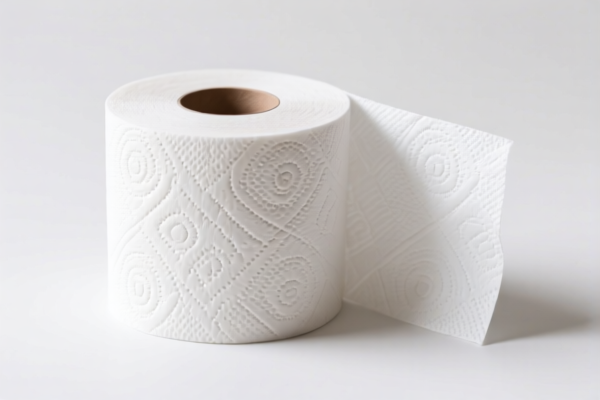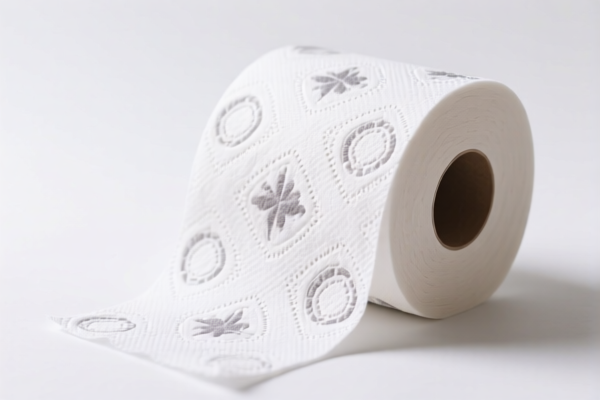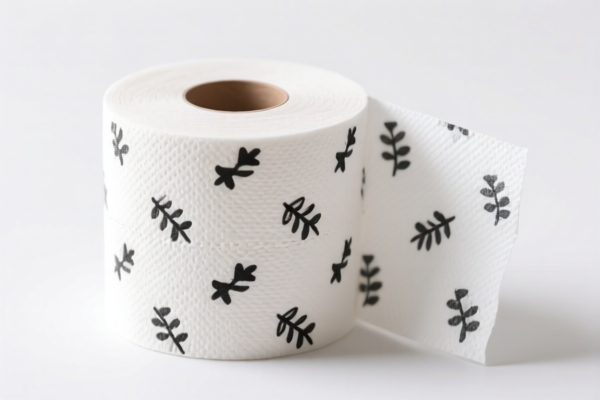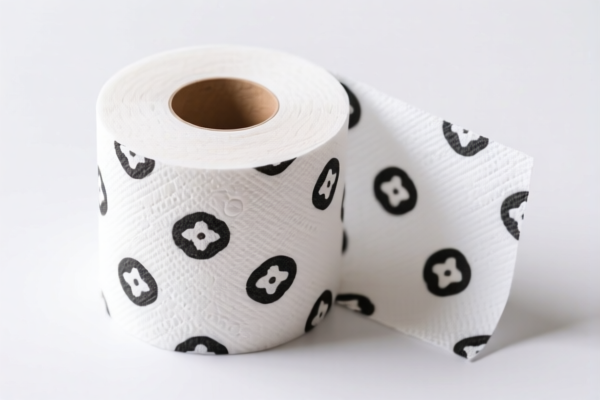Found 6 matching results
(CN → US)
| HS Code | Official Doc | Tariff Rate | Origin | Destination | Effective Date |
|---|---|---|---|---|---|
| 4823901000 | Doc | 55.0% | CN | US | 2025-05-12 |
| 4821102000 | Doc | 55.0% | CN | US | 2025-05-12 |
| 4821104000 | Doc | 55.0% | CN | US | 2025-05-12 |
| 4906000000 | Doc | 37.5% | CN | US | 2025-05-12 |
| 4911911500 | Doc | 37.5% | CN | US | 2025-05-12 |
| 4911914040 | Doc | 37.5% | CN | US | 2025-05-12 |




Pattern paper refers to a variety of papers used in the creation of sewing, quilting, and other craft patterns. It serves as a disposable medium for drafting, testing, and ultimately transferring designs to fabric.
Material:
- Tissue Paper: Lightweight and inexpensive, commonly used for tracing existing patterns. Prone to tearing.
- Tracing Paper: More durable than tissue paper, often translucent for easy viewing of underlying designs. Available in various weights.
- Pattern Drafting Paper: A heavier weight paper specifically designed for creating original patterns. Provides stability for repeated use.
- Non-woven Fabric: A synthetic material offering strength and tear resistance, often used for professional pattern making.
- Parchment Paper: A strong, translucent paper, historically used and still favored by some pattern makers for its durability and ability to hold creases.
Purpose:
- Pattern Creation: Drafting original designs based on measurements and style lines.
- Pattern Copying: Reproducing existing patterns, either manually or using digital methods.
- Muslin Testing (Toile): Creating a sample garment in inexpensive fabric (muslin) using the pattern to check fit and design before cutting into final fabric.
- Pattern Alteration: Modifying existing patterns to achieve a desired fit or style.
Function:
- Design Visualization: Provides a tangible representation of garment pieces.
- Accurate Cutting: Enables precise cutting of fabric based on pattern shapes.
- Efficient Fabric Use: Optimizes fabric layout to minimize waste.
- Fit Validation: Allows for adjustments to ensure proper garment fit.
Usage Scenarios:
- Home Sewing: Creating custom garments, alterations, and repairs.
- Fashion Design: Developing original clothing designs.
- Costume Making: Creating patterns for theatrical or cosplay costumes.
- Quilting: Drafting quilt blocks and overall quilt designs.
- Upholstery: Creating patterns for furniture coverings.
Common Types:
- Swedish Tracing Paper: A high-quality, durable tracing paper known for its strength and ability to hold creases.
- Medical Examination Paper: A lightweight, inexpensive tissue paper often used for basic tracing.
- Pattern Making Grid Paper: Paper with a pre-printed grid for precise drafting and scaling.
- Vellum Paper: A strong, smooth paper often used for pattern drafting and design.
- Dot Grid Paper: Paper with a grid of dots, favored by some pattern makers for its versatility.
Pattern paper falls under several potential classifications based on its specific composition and use, as detailed below.
- 4823901000: This HS code covers “Other paper, paperboard, cellulose wadding and webs of cellulose fibers, cut to size or shape; other articles of paper pulp, paper, paperboard, cellulose wadding or webs of cellulose fibers: Other: Of paper pulp”. This could apply if the pattern paper is made from paper pulp. The total tax rate is 55.0%, comprising a 0.0% base tariff and a 25.0% additional tariff, increasing to 30% after April 2, 2025.
- 4911911500: This HS code covers “Other printed matter, including printed pictures and photographs: Other: Pictures, designs and photographs: Printed not over 20 years at time of importation: Suitable for use in the production of articles of heading 4901”. If the pattern paper is printed, less than 20 years old, and intended for use in manufacturing articles under heading 4901, this code may be applicable. The total tax rate is 37.5%, consisting of a 0.0% base tariff and a 7.5% additional tariff, rising to 30% after April 2, 2025.
- 4911914040: This HS code covers “Other printed matter, including printed pictures and photographs: Other: Pictures, designs and photographs: Printed not over 20 years at time of importation: Other: Other”. If the pattern paper is printed, less than 20 years old, and doesn't fall under the specific use case of heading 4901 production, this code could be considered. The total tax rate is 37.5%, with a 0.0% base tariff and a 7.5% additional tariff, increasing to 30% after April 2, 2025.
It is important to determine the composition (paper pulp vs. other materials) and intended use of the pattern paper to select the correct HS code. If the pattern paper is printed, the age of the print should also be considered.
Customer Reviews
No reviews yet.